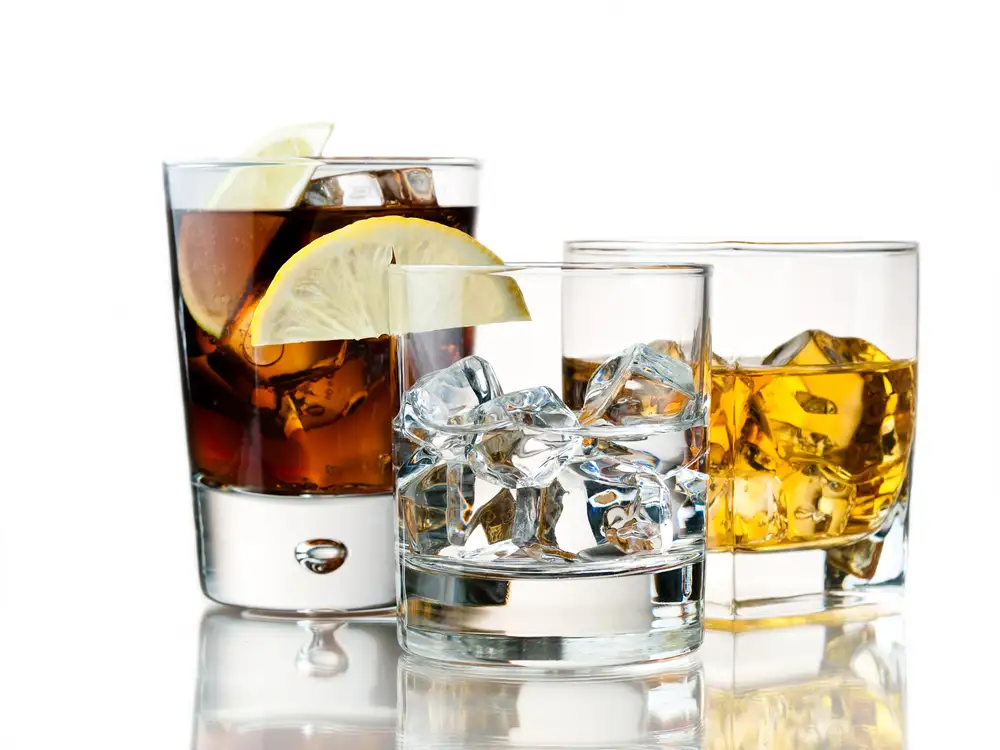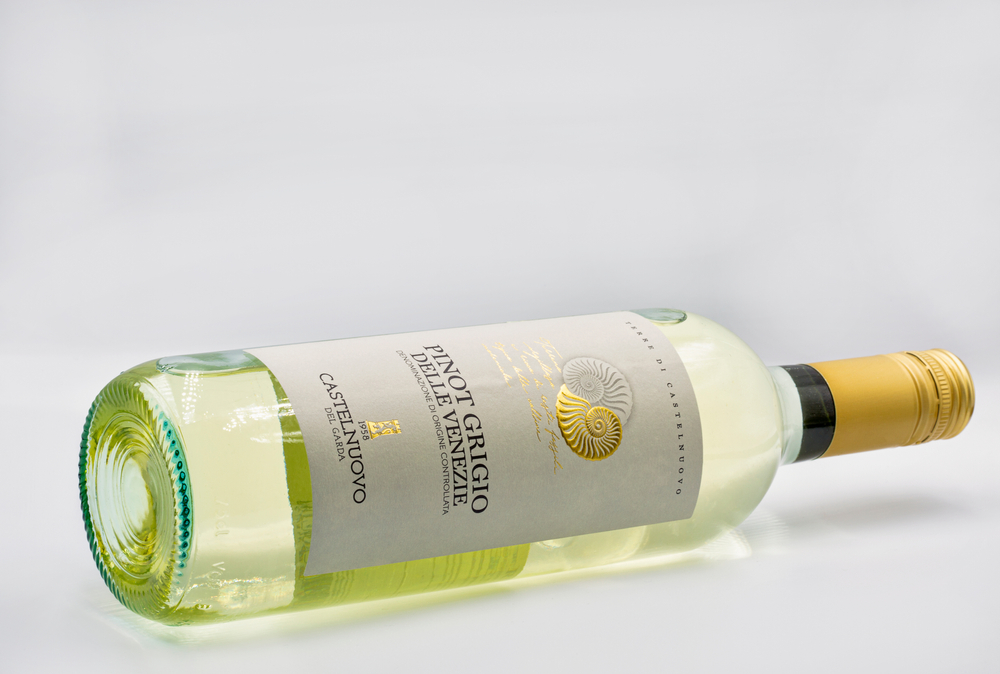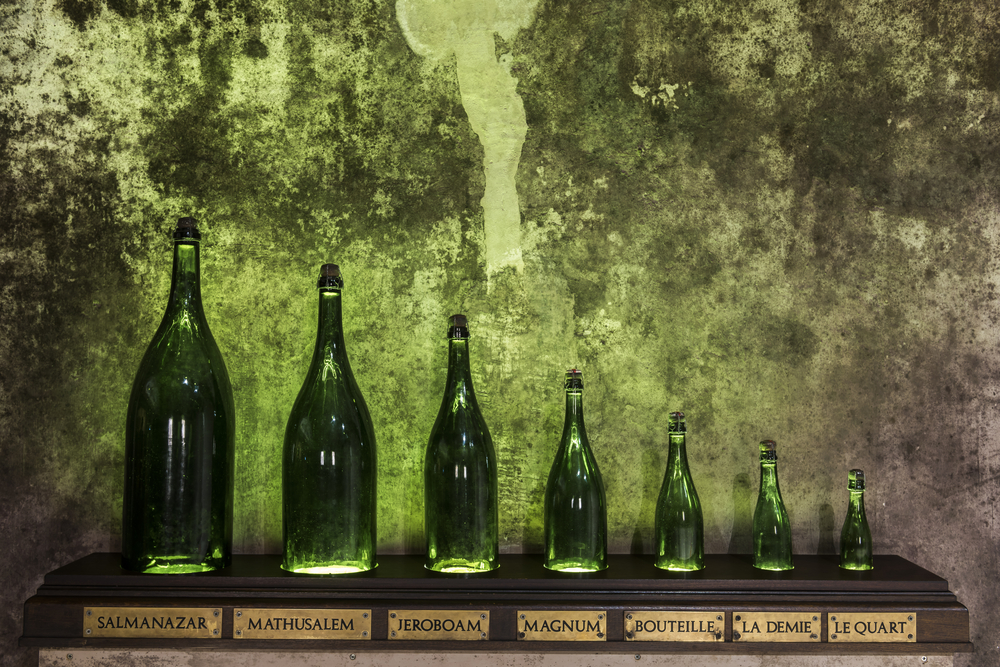Did you know that Pinot Grigio is one of the oldest wines in the world, potentially created earlier than 1300?! It’s true! And this wine has, amazingly, remained very popular worldwide during this time, particularly for people trying to watch their waistline.
That’s because Pinot Grigio can be considered a reasonably low-calorie wine, especially when you choose the right brand.

Why Does Pinot Grigio Have Calories?
Almost all foods and drinks have some calories, even if in low amounts.
Thankfully, fruits (which is where wine gets most of its content) are pretty low in calories.
A handful of grapes may provide about 50 calories and also give you a broad range of nutrients that make them essential for your health. However, wines typically have more than 50 calories for several different reasons.
For example, grapes are typically high in sugar and, when concentrated in wine, may create a higher calorie level.
While Pinot Grigio is reasonably low in sugar, the sugar content is still more concentrated in the fluid than in the grapes, which means that they often have a relative calorie content.
Furthermore, fermentation also causes some extra calories in your wine, even as the yeast eats the sugar.
Why is that the case? Some lingering yeast remnants may remain in the wine, even when the yeast ate most of the sugar to create alcohol.
However, calorie and sugar counts are typically lower in drier wines, like Pinot Grigio, because the fermentation lasts longer, and there will be less sugar in each bottle. Handy tip: These drier wines are perfect if you are on a keto diet.
That said, Pinot Grigio’s sugar content may also vary based on many different factors.
So, How Many Calories Are in Pinot Grigio?
Pinot Grigio calories will depend heavily on the brand, with some naturally having more calories and sugar than others.
Some inexpensive options may add extra sugar to “improve” the taste, which causes the calorie content to increase.
These brands may still have high alcohol content, so you can gauge the calorie count based on the price: lower-cost Grigios (under $10 per bottle) are more likely to have extra sugar.
Typically, though, Pinot Grigio has a relatively reasonable amount of calories: a typical average between 122-124 calories per five-ounce wine glass.
This is because you usually get about five glasses of wine from a full 750-milliliter or 26-ounce bottle of Pinot Grigio.
Therefore, an average bottle of Pinot Grigio contains about 633 calories per bottle, including the extra ounce or so you get when drinking five five-ounce glasses.
While it is possible to find Pinot Grigio wines with around 80 calories per glass, these wines are often rare and may be hard to find.
Typically, you get around 120 calories at the lowest, which is a fairly reasonable option for most wines.
Let’s take a look at three different Pinot Grigio brands and get an idea of their calorie content and whether they are suitable for your needs as a buyer.
Calorie Count: Santa Margherita Pinot Grigio Valdadige
This fantastic wine is one of the most popular Pinot Grigios on the market and fits into the easy-drinking style familiar with the Grigio.
As one of the first wines of its type, it remains trendy and is continually innovating and changing the scene.
A five-ounce glass of this brand has around 125 calories, with a bottle having about 650 calories per 26 ounces or 750 milliliters.
Calorie Count: Zenato Pinot Grigio Delle Venezie
The second-most-popular Grigio is a very accessible and delightful one that sits easily on the palate with a reasonably fruity aroma and flavor.
Expect a lot of citrus undertones with this one, particularly the drier options.
A typical glass of this wine has about 120 calories per five ounces. That’s good for a calorie count of 624 per bottle, putting it somewhere in the middle.
Calorie Count: Santa Margherita Pinot Grigio Alto Adige
This trendy wine helped innovate some new concepts in Grigio making, including minimal skin contact and a lower temperature with a prolonged fermentation cycle.
Over the years, this option has become popular as a low-calorie type that fits well into most people’s diets.
Expect a calorie count of 110 per five-ounce serving or 572 per bottle.
We have reviews for several Pinot Grigio wines including:
Pinot Grigio Calories vs. Other Wines and Alcohol Calories

Pinot Grigio has a very low-calorie content compared to other alcoholic drinks, like:
- Beer: A pint of beer can have 220 calories per serving.
- Cider: A pint of cider may also have up to 220 to 275 calories.
- General spirits: A shot of vodka and other spirits has up to 110 calories.
- Typical red wine: A five-ounce red wine (some red wines are healthier than others) serving may have 120 calories.
- Sweet wines: A five-ounce sweet wine serving may have up to 240 calories.
- Sweet Cocktails and Alcopops: A can of sweet alcoholic beverages may have up to 260 calories.
Checkout our guide to calories in white wines or calories in a bottle of wine for more information.
Related: How much sugar is in your wine?
What Does Pinot Grigio Taste Like?
Pinot Grigio is a dry wine with a citrus-style flavor with many undertones, like lemon, pear, honey, lime, and green apples.
You may even notice some honeycomb flavors, though this is more common in high-sugar options. The body isn’t particularly full, so this is a good choice for light wine fans.
Related: Differences between Pinot Gris and Pinot Grigio.
Pinot Grigio Calories FAQ
Here are a few important frequently asked questions about Pinot Grigio calories and sugar that you may need to understand.
Each of these questions is relatively simple on its surface but requires a little explanation and even some simple math (oh no!) to figure out.
How Many Calories Are in an 8 Ounce Glass of Pinot Grigio?
If we go by the average calorie count for a five-ounce Pinot Grigio (122 calories), you end up with about 195 calories per eight-ounce glass.
How did we figure out this calorie content?
We multiplied the five-ounce serving calories (122) by two (244) to make it easier to find out how many calories are in a single ounce. When dividing 244 by 10, you get 24.4 calories per ounce in Pinot Grigio.
Then, we multiplied 24.4 by eight to come up with 195.2 calories and rounded down to 195.
Eight ounces is your standard serving size for larger wine glasses, though many connoisseurs prefer the five-ounce because it’s smaller, more compact, and doesn’t overwhelm with wine.
So keep these calories counts in mind when deciding which Pinot Grigio you want to buy.
Is There a Lot of Sugar in Pinot Grigio?
A Pinot Grigio is typically considered an extra-dry wine or “bone-dry” in viticulture language.
As a result, the residual sugar in a glass of Pinot Grigio is incredibly low. Less than one gram of sugar creates less than three calories in a five-ounce serving.
Multiplied by a whole bottle of 26 ounces or 750 milliliters, that’s about five grams of sugar per bottle.
Depending on each brand, that amount may vary, as some manufacturers may create sweeter Pinot Grigio blends with more sugar.
The trick here is to read the alcohol content: the higher the alcohol, the less sugar is in your wine.
Be careful when choosing a high-alcohol wine, though, as you may find yourself with a more considerable buzz than expected if you drink too much too quickly!
Which Pinot Grigio Brand Has The Lowest Calories?
While the average Pinot Grigio brand has about 122 calories, the Santa Margherita Pinot Grigio Alto Adige has 110 calories per five-ounce serving.
That’s about as low as it gets for a Grigio.
This wine’s sugar and fruit content makes this calorie count harder to better. Honestly, it’s one of the lower calorie counts of any wine on the market, making it a good choice for many people.
Which Wine is Lowest in Calories?
According to several calorie charts, Gamay wine is the blend with the least amount of calories (114 calories per five-ounce glass). However, both Chenin Blanc and Gewurztraminer have 118 calories for the same five-ounce class, which isn’t far behind Gamay.
And since Gamay isn’t as well known as these two wines, they’re probably the better choice for those on a diet.
That said, there are several wines at 120 calories (Sauvignon Blanc, Pinot Noir, Riesling), 122 calories (Grenache, Merlot, Syrah, Pinot Grigio, and Cabernet Sauvignon), and 123 calories (Cabernet Franc and Chardonnay).
These wines are all a good option if you’re trying to lose weight and want to avoid a sugary or calorie-rich wine.
But what are the differences between an entire bottle of wine?
At 114 calories per five-ounce serving, a bottle of Gamay will have 592 calories (in 26 ounces or 750 milliliters), while the Cabernet Franc and Chardonnay will have 639 calories in the same bottle size.
So ultimately, the overall calorie content is pretty similar, though if you drink three bottles of wine per week, the differences between 114 calories and 123 calories will be higher.
If you drank three bottles of Gamay a week for a whole month, that’s an extra 7,104 calories to your diet, while the higher-calorie Cabernet Franc and Chardonnay would be at 7,668 extra calories.
The best choice here is always to drink responsibly. One five-ounce glass of wine every day, as a nightcap, will add minimal extra calories to your diet and may even be healthy for you.
- Shrimp Cocktail (and More) Wine Pairing Guide - 09/06/2022
- What Wine Serving Sizes Look Like: Standard Size and More - 08/06/2022
- How Much Sugar is in Wine: Glass and Bottle Sugar Content - 08/06/2022






